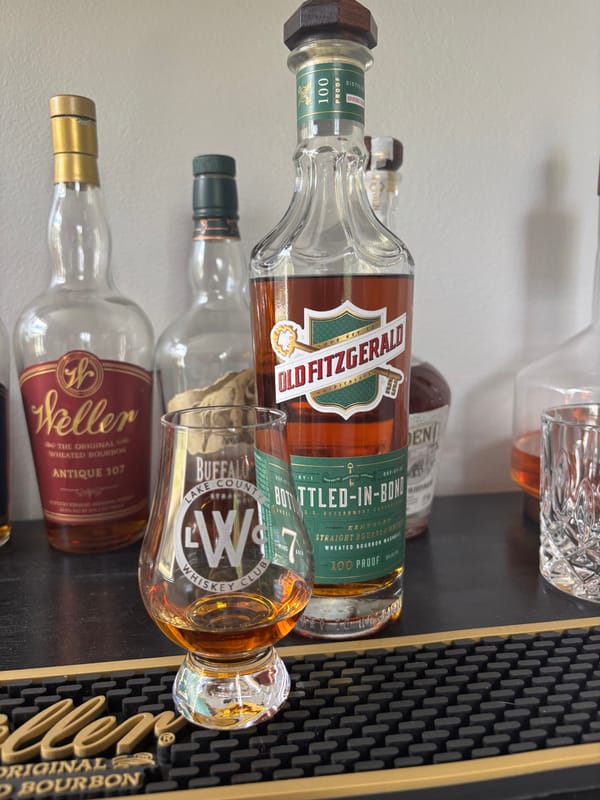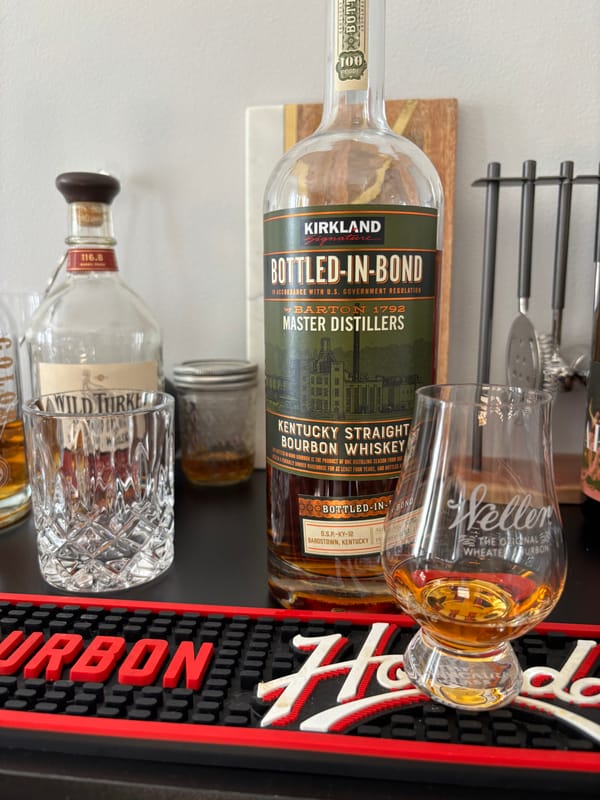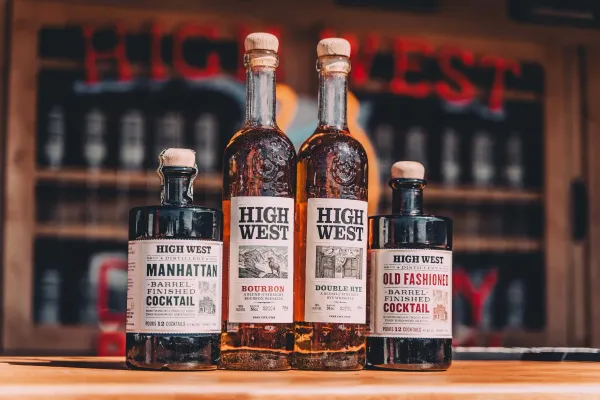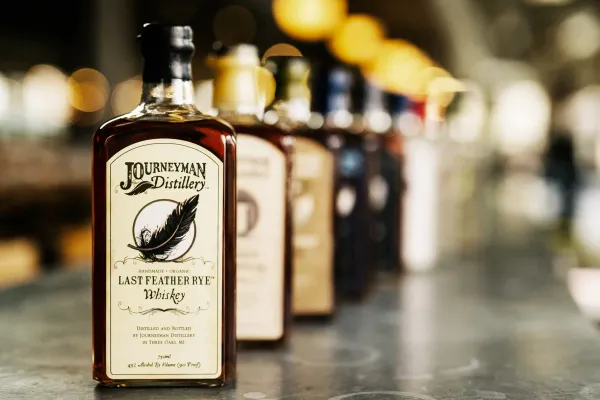Rye Whiskey vs. Bourbon: The Spicy Showdown You Can’t Ignore

Rye Whiskey or Bourbon—Which Wins Your Glass?
Rye whiskey and bourbon look similar, but they’re locked in a flavor fight you need to pick a side in. One’s spicy, one’s sweet—both are whiskey, but the differences are real. Here’s the straight-up truth from distillery facts and U.S. law, no fluff, so you can choose your 2025 champion.
What Defines Rye Whiskey?
Rye whiskey starts with a mash bill of at least 51% rye grain, per 27 CFR § 5.22. New Riff Distillery (newriffdistilling.com) makes their 6-Year Malted Rye ($65) with 100% rye, distilled and aged four years minimum for Bottled-in-Bond status. Starlight Distillery (starlightdistillery.com) offers a Straight Rye Whiskey ($45), sticking to the rye-heavy rule. It’s all aged in new charred oak, just like bourbon.
What Defines Bourbon?
Bourbon flips it—51% corn minimum, per U.S. law; however, this leaves for a ton of creativity for what to do with the other 49%. Ben Holladay (holladaydistillery.com) crafts their Bottled-in-Bond ($60) with 73% corn, 15% wheat, and 12% barley, aged six years in Missouri oak. Still Austin Whiskey Co. (stillaustin.com) uses 70% Texas corn for The Musician ($40). Same barrels—new, charred oak—but corn takes the lead.
How They Differ in the Glass
Rye’s higher rye content leans toward spice—New Riff’s Bourbon ($50) mixes rye in but keeps corn dominant for balance, while their Malted Rye goes all-in on rye’s kick. Bourbon’s corn base makes it sweeter—Chattanooga Whiskey’s 91 ($40, chattanoogawhiskey.com) blends corn with other grains for a softer sip. Both hit 80 proof or higher by law, but the grain choice shifts the vibe.
Why You Need to Pick a Side
Rye and bourbon fight for your palate—one’s bold, one’s smooth, and 2025’s the year to taste the clash. Micro-distilleries like these nail both styles—your call decides the winner. Ready to sip the showdown? Check out NEAT: Whiskey Finder—it’ll help you track down bourbon and whiskey near you.





